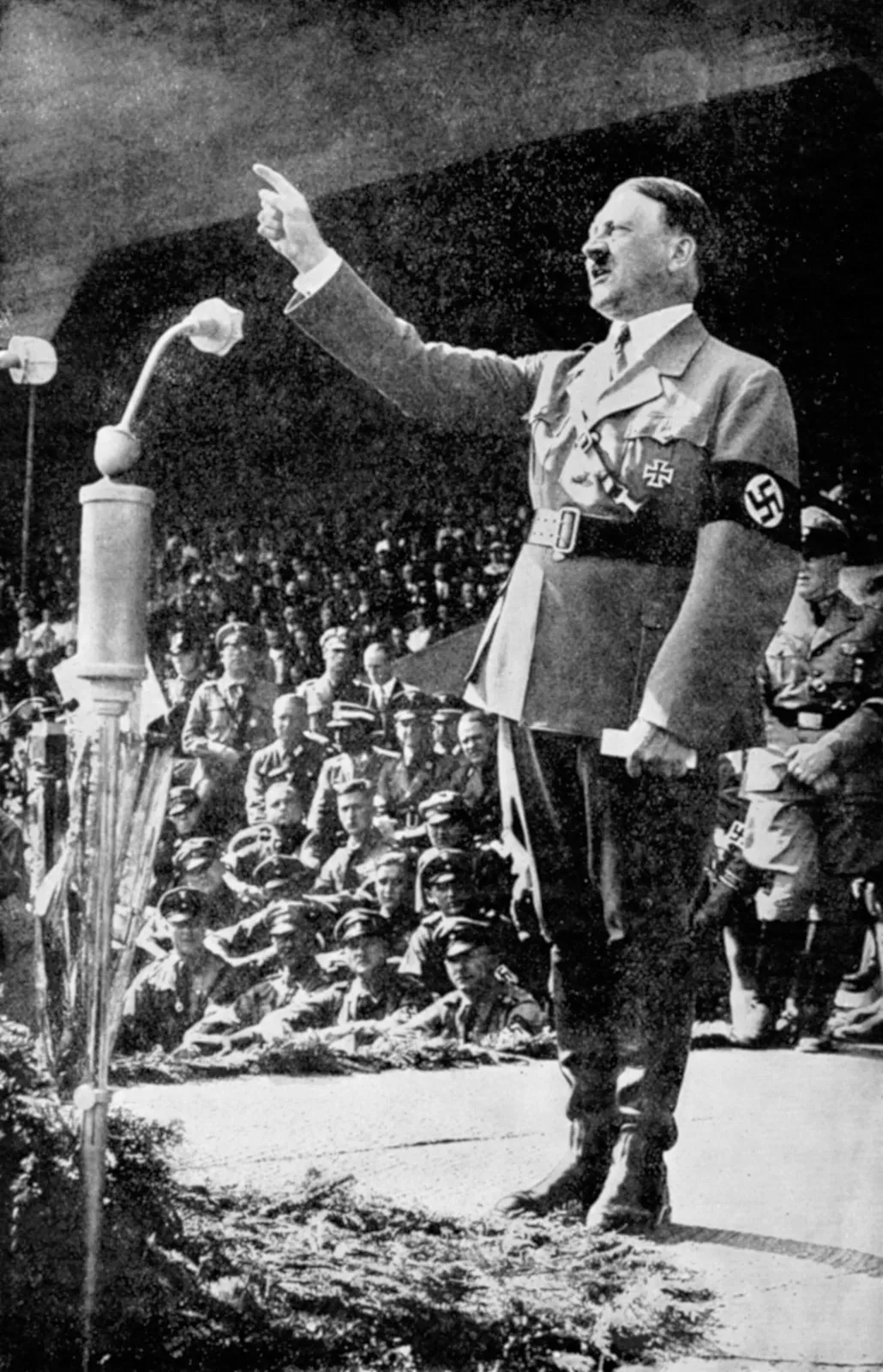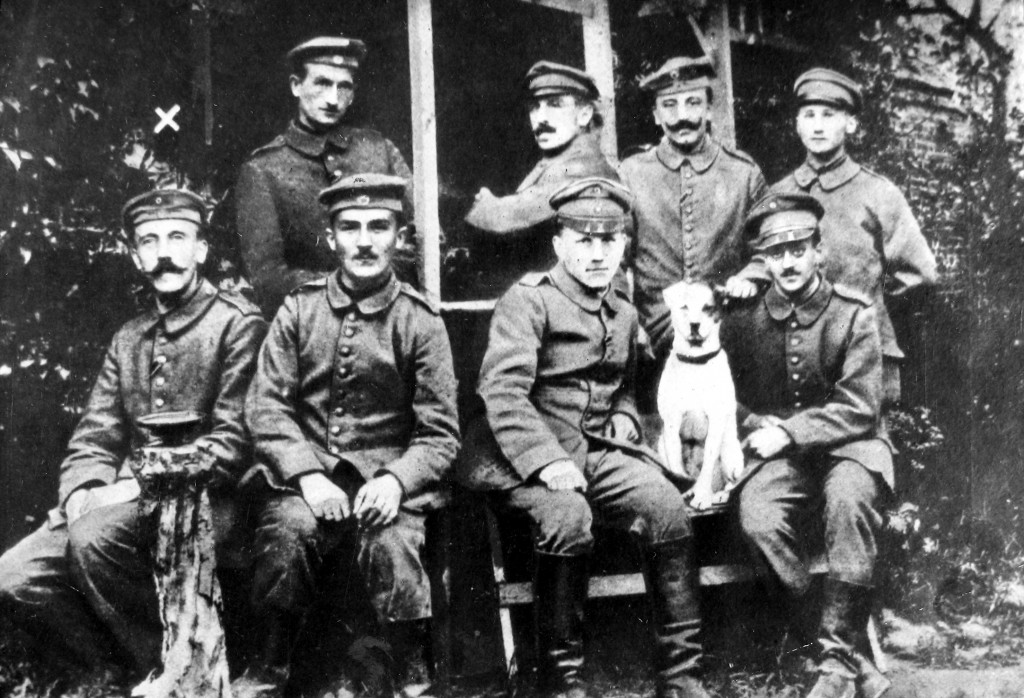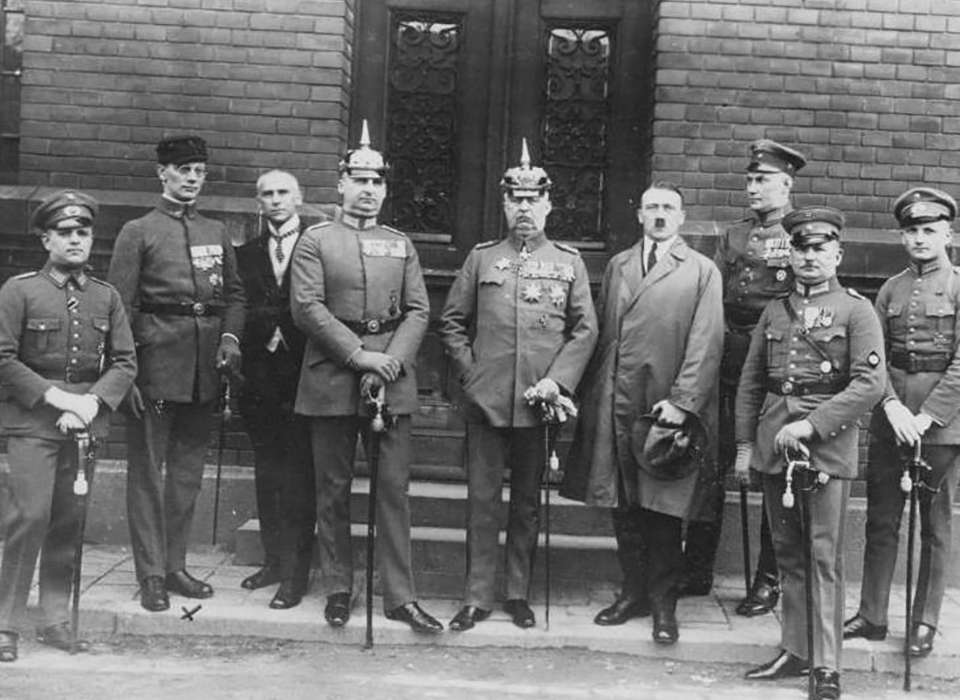Adolf Hitler: From Failed Artist to Führer – The Rise, Reign, and Ruin of Nazi Germany

Adolf Hitler (1889–1945) was one of the most infamous figures in world history. As the dictator of Nazi Germany, his actions plunged the world into the deadliest conflict ever—World War II—and orchestrated the Holocaust, which led to the genocide of six million Jews and millions of other victims. His rise from obscurity to absolute power is a cautionary tale of political manipulation, propaganda, and unchecked tyranny. Hitler’s legacy remains a symbol of hate, war, and the dangers of totalitarianism.
Early Life and Background
Adolf Hitler was born on April 20, 1889, in Braunau am Inn, a small town in Austria-Hungary. His father, Alois Hitler, was a strict customs official; his mother, Klara, was doting and kind. Young Hitler was a mediocre student and twice rejected by the Academy of Fine Arts Vienna, where he had aspired to become a painter.
From 1908 to 1913, he lived in Vienna, enduring poverty while developing his worldview. Here, he was exposed to German nationalism, anti-Semitism, and social Darwinism, influences that would shape his later ideology.
World War I: The Soldier Experience
In 1914, Hitler enlisted in the German army, serving as a dispatch runner in World War I. He fought bravely, was wounded, and received the Iron Cross for valor. The war’s end in 1918 devastated him. Like many Germans, he believed the “stab-in-the-back” myth—that Germany had been betrayed by Jews, Marxists, and liberals on the home front.
The Treaty of Versailles (1919), which blamed Germany for the war and imposed severe reparations, fueled Hitler’s resentment and desire for revenge.
Entry into Politics and Rise of the Nazi Party
After the war, Hitler joined the small German Workers’ Party, which he soon transformed into the National Socialist German Workers’ Party (NSDAP), or Nazi Party. Through charismatic oratory, propaganda, and nationalist rhetoric, he quickly gained followers.
In 1923, Hitler attempted a coup in Munich—the Beer Hall Putsch—but failed and was imprisoned. During his nine months in jail, he wrote Mein Kampf (“My Struggle”), outlining his beliefs in Aryan supremacy, anti-Semitism, Lebensraum (living space for Germans in Eastern Europe), and hatred of democracy and communism.

Climbing to Power (1925–1933)
After prison, Hitler rebuilt the Nazi Party, capitalizing on economic instability and public discontent during the Great Depression. By 1932, the Nazis were the largest party in the Reichstag (German Parliament).
On January 30, 1933, Hitler was appointed Chancellor of Germany by President Paul von Hindenburg. He quickly moved to consolidate power:
- The Reichstag Fire in February 1933 was used to justify emergency powers.
- The Enabling Act gave him dictatorial authority.
- By 1934, after Hindenburg’s death, Hitler combined the roles of President and Chancellor, becoming the Führer.
Nazi Rule and Totalitarianism (1933–1939)
Under Hitler, Germany became a totalitarian state:
- Political opposition was crushed; parties were banned, and critics arrested.
- Propaganda, orchestrated by Joseph Goebbels, glorified Hitler as Germany’s savior.
- The Gestapo and SS enforced terror.
- The Hitler Youth and League of German Girls indoctrinated children.
- The Nuremberg Laws (1935) institutionalized racial discrimination, especially against Jews.
Hitler’s regime focused on rearming Germany, violating the Treaty of Versailles. His economic policies reduced unemployment but relied heavily on militarization and public works (e.g., the Autobahn).
Road to War
Hitler’s foreign policy was aggressive and expansionist:
- 1936: Remilitarization of the Rhineland.
- 1938: Annexation of Austria (Anschluss).
- 1938: Munich Agreement ceded the Sudetenland from Czechoslovakia.
- 1939: Hitler invaded the rest of Czechoslovakia, revealing his broader ambitions.
On September 1, 1939, he invaded Poland, triggering World War II. A week earlier, Hitler had signed the Molotov–Ribbentrop Pact with the Soviet Union, dividing Eastern Europe between the two powers.
World War II and the Holocaust
From 1939 to 1941, Hitler’s forces conquered much of Europe with stunning speed. France, Norway, Denmark, the Low Countries, and others fell. Only Britain resisted, and Hitler’s failure to invade the UK in the Battle of Britain marked his first major setback.
In 1941, Hitler launched Operation Barbarossa, invading the Soviet Union. It was the largest military campaign in history and ultimately led to catastrophic losses for Germany.
Simultaneously, the Nazis escalated their racial policies:
- Jews across Europe were herded into ghettos, then deported to extermination camps like Auschwitz, Treblinka, and Sobibor.
- The “Final Solution”—Hitler’s plan to annihilate Europe’s Jews—was formalized in 1942 at the Wannsee Conference.
- An estimated 6 million Jews, along with Roma, disabled people, Poles, Soviets, and others, were murdered in the Holocaust.
Hitler’s Downfall and Death
By 1944, Germany was collapsing under Allied pressure:
- The Soviets advanced from the east.
- The D-Day invasion (June 6, 1944) opened a Western Front.
- Assassination attempts (e.g., the July 20 Plot) failed to remove Hitler.
In April 1945, as Soviet forces closed in on Berlin, Hitler took refuge in his bunker beneath the Chancellery. On April 30, 1945, he committed suicide with his long-time partner Eva Braun, whom he had married the day before. His body was burned, as per his instructions.
Germany surrendered on May 8, 1945.
Legacy
- Crimes Against Humanity: Hitler’s policies led to the deaths of over 50 million people, including soldiers and civilians.
- A Symbol of Evil: He remains the ultimate example of how hatred, propaganda, and authoritarianism can lead to disaster.
- Nuremberg Trials: After the war, Nazi leaders were tried for war crimes, ensuring the world learned the full horror of Hitler’s regime.
- Post-War Impact: Germany was divided, and Europe was reshaped. The Holocaust led to a global reckoning and the creation of Israel.

Summary
Adolf Hitler’s rise and fall encapsulate one of the darkest chapters in human history. From a failed artist to a dictator who plunged the world into war and genocide, his story is a powerful warning. His totalitarian rule, charismatic manipulation, and violent ideology show the devastating consequences of unchecked power and hatred. Remembering Hitler’s legacy is essential to ensuring that history never repeats itself.




